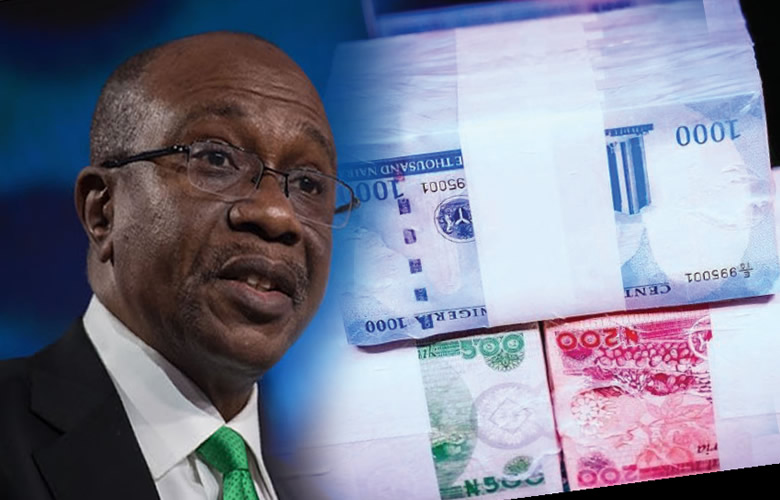
A top banker had earlier told one of our correspondents on Friday that information available to him indicated that the Mint had succeeded in printing N500bn worth of the new N1,000, N500 and N200 notes and might not have the capacity to do more than that at the moment.
“Is it not obvious that the NSPMC does not have the capacity to print more than N500bn? With the Mint’s current capacity, to print N2tn will take about a year. Even the N500bn printed has been hijacked by politicians, especially governors. You heard one governor saying one of his colleagues was able to withdraw N500m.
“What the CBN is doing is to give us only 10 per cent of the worth of the old notes we deposit with it. For instance, if a bank takes N1bn to the CBN branch office in its area of operation, it will be given N100m new notes to distribute to its branches nationwide and load onto its ATMs,” the official who spoke on condition of anonymity said.
However, the spokesperson for the CBN, in a statement dated Friday, obtained Saturday, said such reports that may have been credited to Emefiele as well was misquoted.
He said Emefiele informed the council of state that the the Nigerian Security Printing and Minting Company Plc was working to print all naira denominations to accommodate Nigerians’ transaction needs.
“The attention of the CBN has been drawn to a misleading report misquoting the Governor, Mr. Godwin Emefiele, as attributing the current challenge in the distribution of the newly redesigned naira banknotes to a shortage of printing materials at the Nigerian Security Printing and Minting Company Plc,” the statement partly read.
“We wish to state categorically that at no time did the CBN Governor disclose this during his presentation to the National Council of State at its meeting on Friday, February 10, 2023,” the statement said.
“For the avoidance of doubt, the CBN remains committed to performing its monetary policy functions, as stipulated in the CBN Act, 2007, as amended. We also wish to restate that the NSPMC has the capacity and enough materials to produce the required indent of the naira,” he added.





